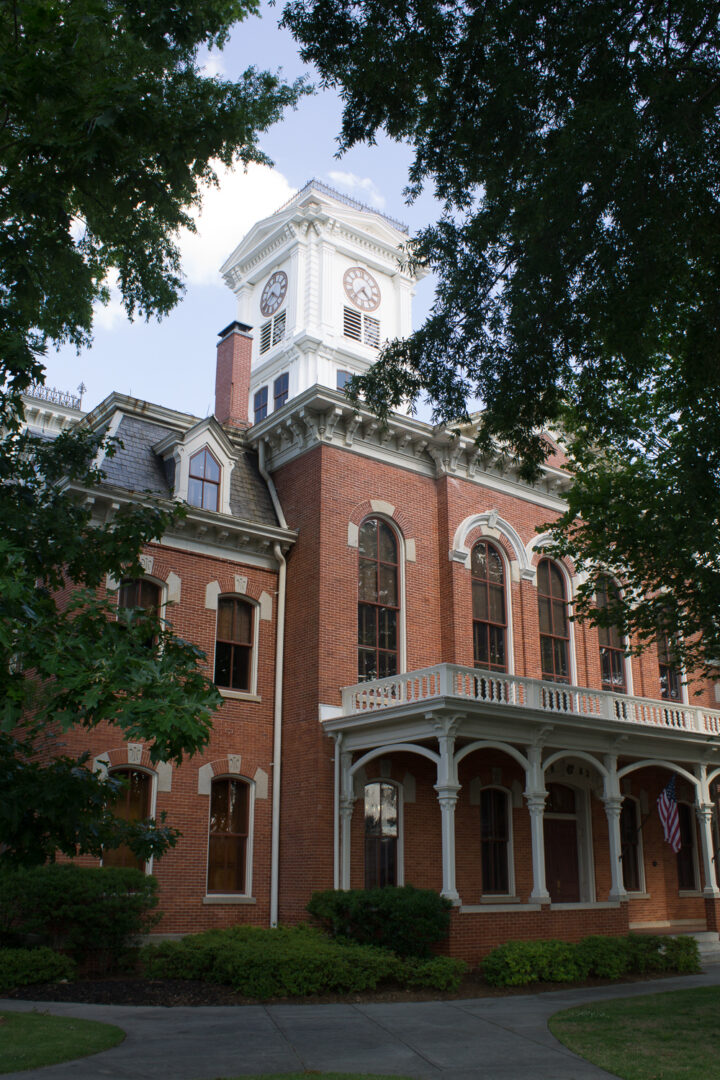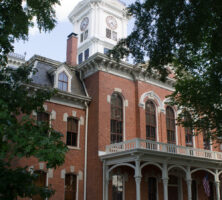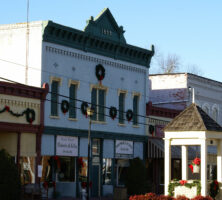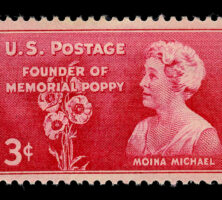Walton County, forty-five miles east of Atlanta in Georgia’s Piedmont region, is the state’s forty-third county.
Comprising 329 square miles, it was created on December 15, 1818, from land originally held by both the Cherokee and Creek Indians and was named for George Walton, a signer of the Declaration of Independence and briefly a Georgia governor. (There was a previous Walton County created by the state legislature in 1803, but its location became part of what is now North Carolina when a dispute over the state line was settled in 1811.) The county seat is Monroe, where the current county courthouse (the third) was built in 1884; since that time the structure has undergone major restorations and additions.
According to the 2020 U.S. census, Walton County’s population was 96,673, an increase from the 2010 population of 83,768.
Communities
Monroe, first called Walton Court House, received its new name (honoring the fifth U.S. president, James Monroe) upon its designation as the county seat. The town was incorporated in 1821. Other incorporated communities are Between, Good Hope, Jersey, Social Circle, Walnut Grove, and part of Loganville.
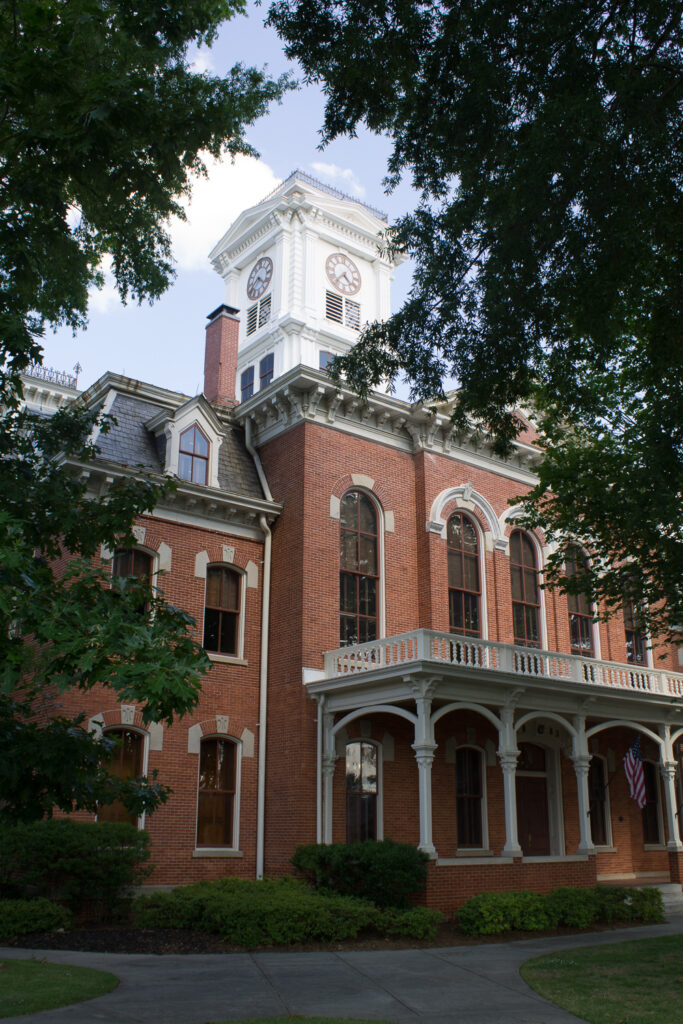
The town of Between was incorporated in 1908, though it had been settled during the 1850s. The name was chosen for its location halfway between Monroe and Loganville. Good Hope and Jersey were incorporated in 1905. Good Hope bears the aspirations of its founders in its name. The first non-Indian residents arrived there during the 1830s, settling about a mile east of the town’s current location. Jersey was first called Centerville, for its equidistance from the towns of Monroe, Covington (in Newton County), and Social Circle. During the early 1880s, when the townspeople were arranging for a post office, the discovery that another Centerville already existed prompted them to change the town’s name. A local merchant and planter, T. M. Abercrombie, had recently imported a Jersey bull, which became the talk of the town, and a half-jokingly made suggestion that the community take its new name from the animal was accepted.
Loganville, incorporated as a town in 1887 and then as a city in 1914, was first called Buncombe. It was renamed in 1851 to honor an early settler, James Harvie Logan, who had arrived in 1842, bought sixty-two and a half acres, built a house, and set up shop as a shoemaker. Others soon settled nearby. Loganville is now one of the fastest-growing communities in Georgia, its population having increased by more than 70 percent between 1990 and 2000.
Social Circle was founded in 1820 by several men who obtained the land by lottery. It was centered at the junction of two Indian trails known today as Cherokee Road and Hightower Trail (perhaps a corruption of Etowah). Incorporated in 1832 as a village and in 1869 as a town, Social Circle, situated at the highest point of the Georgia Railroad, was a transportation hub for the area before the Civil War (1861-65). Its lines were destroyed during the war by Union general William T. Sherman’s troops on their March to the Sea, but the town recovered and prospered after the war was over.
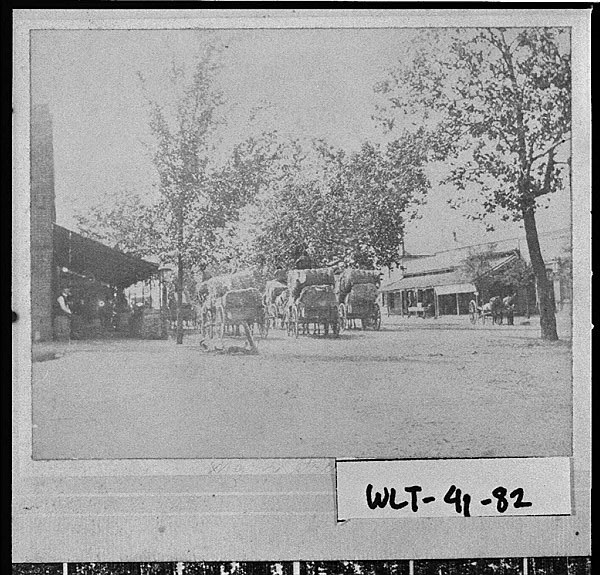
Walnut Grove was incorporated in 1905.
Economy
The first settlers in Walton County were almost all farmers, along with an occasional doctor or lawyer. But merchants soon arrived to do business in the area as well. Cotton, various grains, potatoes, and some tobacco were the main cash crops.
Cotton mills were the first industry to be established in the county, beginning in the 1840s. These were soon followed by gristmills. Steam mills were established just before the Civil War, but factory work did not become a standard option for employment in the county until after the war. Despite the postwar rise of industry in the county, many of the area’s freedpeople became sharecroppers. The 1890s saw a boom in the number of textile mills, leading to prosperity and growth until the devastation wrought by the boll weevil, soil erosion, and the Great Depression of the 1930s caused an economic downturn. The conversion from agriculture to industry picked up again during World War II (1941-45), and the county recovered its economic strength by embracing a diversified manufacturing base.
Points of Interest
There are twenty-seven sites in Walton County on the National Register of Historic Places. Nineteen of them are in Monroe, including nine historic districts, while the others are shared among some of the smaller towns. The McDaniel-Tichenor House in Monroe was restored as a house museum by the Georgia Trust.
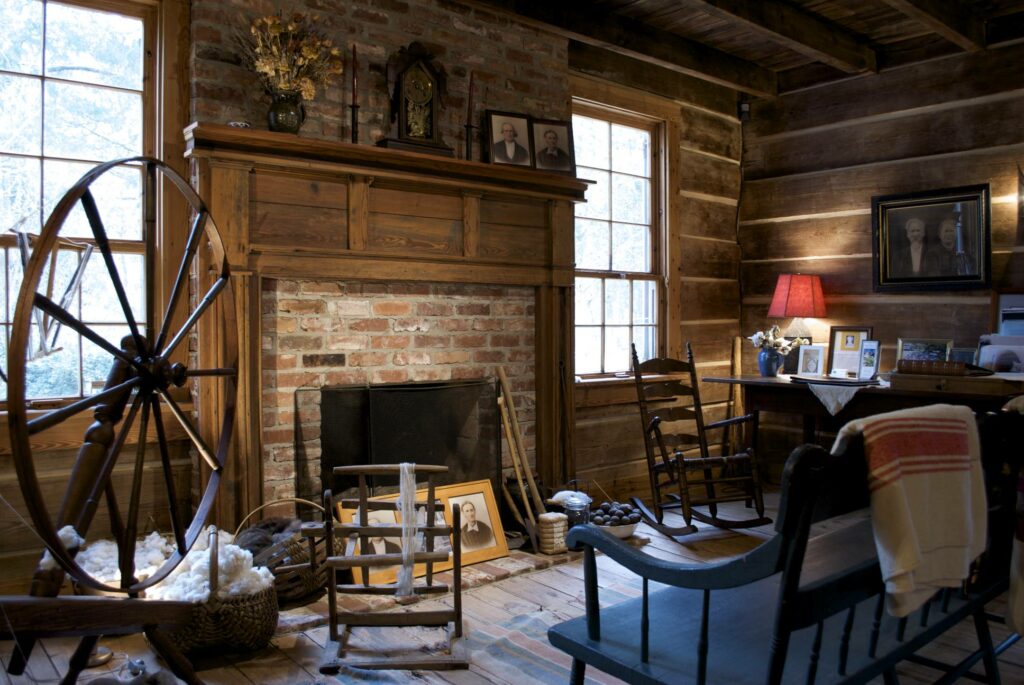
The Briscoe House and Mill Site in Between (added to the register in 2000) now serves as a private dwelling. Also in Between, the James Berrien Upshaw House was added in 1986. The William Harris Family Farmstead (added in 1982) is located in Campton, an unincorporated community. Good Hope has two registered sites: the Walter Jones “Rock House” (added in 1993) and the Casulon Plantation (added in 1975), dating from the early nineteenth century; the latter now serves as a museum as well as a dwelling. Jersey’s “Bank of Jersey” (added in 1984) on Main Street is now in private hands. Social Circle boasts an entire historic district between Georgia 11 and Georgia 229, which was added to the register in 1980. Not on the register but worth noting in Social Circle is the Nebhut-Akridge-Gunter House (ca. 1840-55), also known as Gunter Hall, which serves as the headquarters of the Historic Preservation Society of Social Circle.
Notable Residents
Besides George Walton, six other Georgia governors had ties to Walton County, some by birth, some by residence. Alfred H. Colquitt, Henry McDaniel, and Clifford Walker were born in Walton County. Howell Cobb, Wilson Lumpkin —his daughter, Martha Wilson Lumpkin, for whom Atlanta was originally named “Marthasville,” was born in Monroe—and Richard B. Russell Jr. resided in the county for a time.
Mary Ethel Creswell, who in 1919 became the first woman to receive a baccalaureate degree from the University of Georgia, began her teaching career in Walton County in 1901. She worked for a time in Washington, D.C., as a field agent for the U.S. Department of Agriculture, becoming the department’s first female supervisor. Creswell also became the first dean of the University of Georgia’s School of Home Economics in 1933; she retired in 1945.
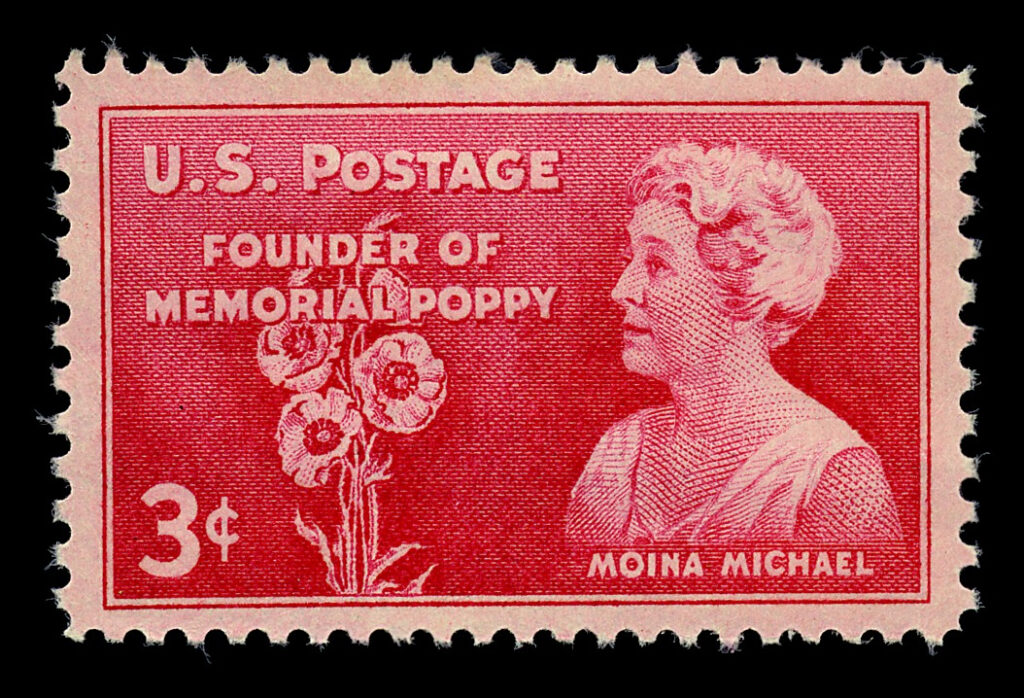
Moina Belle Michael, teacher, school and college administrator at the University of Georgia, and the originator of the memorial poppy, was born near Good Hope and did her first teaching in a log cabin on her father’s plantation there. Michael, known as the “Poppy Lady,” initiated the production and sale of paper poppies in the closing months of World War I to fund the rehabilitation of wounded soldiers, raising millions of dollars for the cause. Poppies are still sold in Britain for Remembrance Day (Armistice Day), held on the second Sunday in November.





